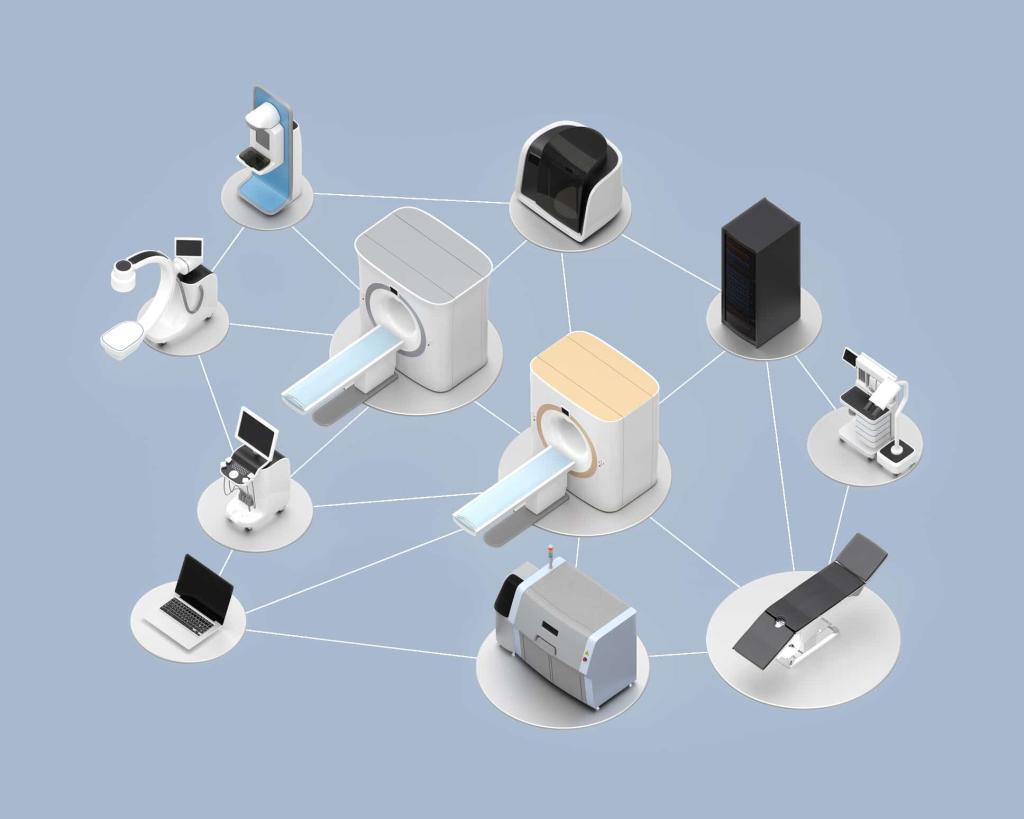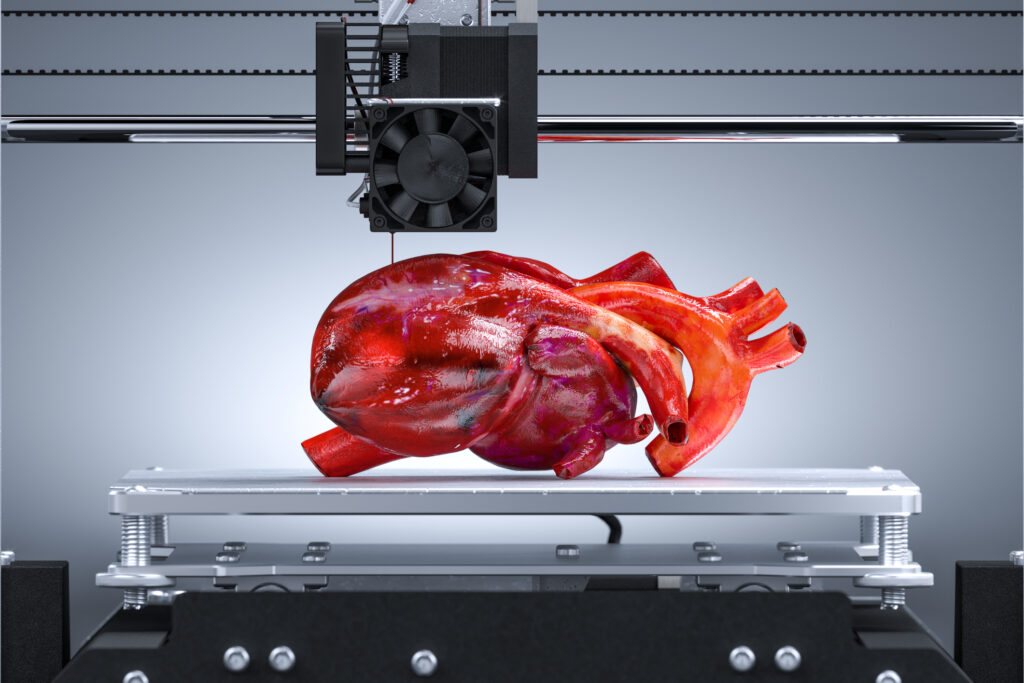Pandemic threats and regional outbreaks ask a hard question — how fast can a safe, well-characterized vaccine candidate be brought into early tests? Multiple technological platforms compress vaccine prototyping from sequence to shot. Each has its strengths across design, formulation and scale-up. The most effective programs treat speed as a chain, where the slowest link limits the whole.
This overview compares several methods used in modern vaccine prototyping and highlights why formulation technologies like microfluidization have become central to quickly achieving quality.
The Critical Role of Microfluidization in Vaccine Development
A vaccine’s performance depends on more than the antigen. Delivery systems and the microstructure of the formulation determine biodistribution, stability and immune response strength. That is why the step that turns ingredients into a reproducible nanoscale medicine is important. Microfluidization is one of the workhorse techniques here.
By forcing fluids through micro-channels at very high pressure, microfluidizers generate intense shear that fragments droplets and vesicles to controlled, nanoscale sizes. The result is tightly sized distributions and high batch-to-batch uniformity — two properties that shorten optimization cycles and improve analytic predictability for early studies.
Reviews on nanoemulsion methods list microfluidization, high-pressure homogenization and ultrasonication as the most efficient high-energy routes to produce stable, narrow-polydispersity dispersions for drug and vaccine delivery.
Uniformity is not just aesthetic. Stable dispersions improve the solubility of hydrophobic actives, reduce aggregation risk and help ensure consistent dose delivery. That stability helps shorten the journey from concept to credible in vivo data. Studies on vaccine process development call out these gains directly for microfluidizers used to build emulsions and lipid systems for prototypes.
Microfluidization also underpins many lipid nanoparticle (LNP) workflows. mRNA vaccines require LNPs to protect fragile RNA and enable cell entry. While several combinations are used in early design, the unifying idea is controlled, rapid mixing at microscale that locks lipids and nucleic acids into particles with target size and surface properties.
Recent research shows how microscale platforms speed characterization and structure-guided design during antigen discovery and optimization. Microfluidizers help teams make highly reproducible emulsions and nanoparticles at the scales relevant to prototype screening, with physical properties that translate as batches grow.
Foundational Vaccine Prototyping and Development Platforms
The formulation step sits inside broader platforms that generate the payload a vaccine delivers. Three are especially common in rapid prototyping:
Cell-Based Production Systems
Cell-based systems grow viruses or express viral properties in mammalian or insect cells inside bioreactors. Compared with egg-based manufacturing, cell culture avoids egg-adapted mutations that can change antigenicity during propagation.
CDC summaries note that egg growth can introduce adapted changes that shift the match between vaccine antigens and circulating strains, while cell-based or recombinant approaches reduce the risk. Cell-based processes, therefore, help preserve antigen fidelity while decoupling supply from egg availability, which is helpful for surge capacity. CDC studies also show evidence that non-egg-based vaccines can induce stronger antibody responses against circulating viruses in some contexts.
Recombinant Protein Technology
Recombinant — or subunit — vaccines use genetic engineering to express a specific pathogen fragment, such as a surface glycoprotein in yeast, bacteria or insect cells. Because there is no live or whole pathogen, subunit designs carry favorable safety profiles and are appropriate for many immunocompromised populations.
Because they contain only pieces of the pathogen, subunit vaccines cannot cause infection. These properties make recombinant platforms attractive for iterative antigen design and for projects that must prioritize tolerability from the outset.
mRNA Platforms
mRNA platforms encode the antigen and rely on host cells to produce the target protein after vaccination. Their main advantage is speed. Once a pathogen’s sequence is available, the path to a candidate can be measured in days for design and weeks for early materials. This is why mRNA features so prominently in the last pandemic response.
The catch is delivery — mRNA needs protection and efficient cell entry. Federal research programs describe ongoing work to refine LNP chemistry and kinetics because LNPs are fundamental to mRNA durability, expression and immunogenicity. This interdependence makes the formulation toolkit, including microfluidization-enabled LNP production, essential to the platform’s success.
What Microfluidization Does Best
To understand why microfluidizers are favored in vaccine prototyping, it helps to map strengths to common tasks.
- Fast iteration on particle size and polydispersity index: The ability to dial pressure and pass number gives teams predictable control over mean size and distribution, which affects tissue targeting, endocytosis and filtration behavior during analytics and fill-finish.
- Stable LNPs and emulsions at bench scale: Consistent hydrodynamic conditions create reproducible particles that survive cold chain stress tests and handling during small animal studies. This preserves mRNA integrity or adjuvant performance.
- Compatibility with diverse payloads: Whether forming squalene-based adjuvant emulsions or ionizable lipid LNPs, the same device class can service multiple programs without wholesale process changes. This reduces switching costs.
- A path to scale: Many labs start with microfluidic mixers for screening and then move to higher-throughput microfluidizers or homogenization trains for scale-up while maintaining similar shear principles and quality attributes.
Choosing the Faster Path to Vaccine Prototyping
Rapid vaccine prototyping depends on how quickly concepts become reliable, testable formulations. Microfluidization stands out because it turns constructs into stable, uniform nanoscale systems that behave predictably and speed early readouts. Cell-based, recombinant and mRNA platforms offer speed under specific constraints, but all benefit from a strong formulation. The faster path matches the platform to the pathogen and risk budget, then uses microfluidization where LNPs or emulsions matter to push candidates forward sooner.
Lou Farrell
Lou, the senior editor of science and technology for Revolutionized Magazine, has spent the past 4 years writing about the latest technological advancements in the fields of medical science and manufacturing. He strives to follow his passion for writing in sharing what he knows with others.
Disclaimer
The content of this article is provided for informational and educational purposes only. It does not constitute medical advice, diagnosis, or treatment, and should not be relied upon as such. The opinions expressed are those of the author and do not necessarily reflect the views of Open MedScience or its editorial team. Readers should consult qualified healthcare or scientific professionals before applying any information related to vaccine development, formulation technologies, or laboratory practices. Open MedScience makes no warranties or representations regarding the accuracy, completeness, or reliability of the information presented.
You are here: home » diagnostic medical imaging blog »



